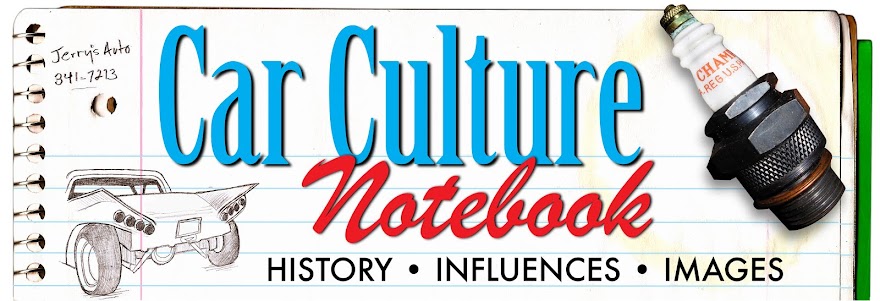 | ||
| George Heath driving his winning #7 Panhard. Photo courtesy of VanderbiltCupRaces.com, The Howard Kroplick Collection. |
 |
| The silver Vanderbilt loving cup. |
From
the beginning the races drew large crowds, which posed a safety problem, as
there were no barriers to prevent spectators from stepping out onto the roads
and into the path of an approaching vehicle (or vise versa). The inevitable
happened in 1906 when a viewer was killed, causing the race’s cancellation the
following year. As a solution Vanderbilt organized a company to finance the
Long Island Motor Parkway, a private road and one of Long Island’s first paved
parkways. The $6 million toll road ran from Kissena Corridor in Queens to Lake
Ronkonkoma, a distance of 48 miles. By 1908 enough of the highway was completed
to run the race. The race operated successfully at this location until 1910, the
year there were two fatal crashes.
To
compete with other prestigious racing events the Vanderbilt Cup Race was moved
to Savannah, Georgia in 1911, then Milwaukee, Wisconsin in 1912, Santa Monica,
California in 1914 and 1916, and San Francisco in 1915. The competition was
placed on hiatus in 1917, due to America’s involvement in World War I.
Revived in 1936 by William’s nephew, George Washington Vanderbilt III, the race returned to Long Island. The location for the 300-mile course was Roosevelt Raceway, a new half-mile long racetrack. Along with George Preston Marshall (Boston Redskins owner) and Eddie Rickenbacker (World War I Medal of Honor recipient and flying ace), Vanderbilt acquired land that was part of Roosevelt Field Airport, which was adjacent to the site of the runway Charles Lindbergh used to launch his flight in the Spirit of St. Louis. Due to the awkward design of the course and a lack of American car and driver sponsorship the Vanderbilt Cup only ran at Roosevelt in 1936 and 1937. Thereafter, only a handful of midget and stock car events raced at its track.
In
1960 Cornelius Vanderbilt IV brought the Vanderbilt Cup Race back to Roosevelt
Raceway as a Formula Junior event. Then in 1965, 1967, and 1968, its final
competitions took place as part of the Bridgehampton Race Circuit.
Locally and nationally, the Vanderbilt family’s contribution to auto racing generated a huge public interest in the sport. Within the century that followed over 40 auto racetracks were operated across Long Island. Sadly, however, 112 years after the first Vanderbilt Cup contest Riverhead Raceway is Long Island’s lone reminder of the area’s interest in racing.
• • •
As a child growing
up on Long Island I remember my dad teaching me about the first Vanderbilt Cup
Race. I became fascinated after he told me that we lived close to the roads
(albeit improved) that were used in the first races. I immediately went to my
library and took out all of the books I could find about early race car drivers
and their vehicles. This contributed to my life-long interest in auto racing.
Years later I attended Dowling College in Oakdale during my freshman year. The gem of the campus was “Idle Hour”, a country home once owned by William K. Vanderbilt I. On March 26, 1899, William K. Vanderbilt II and Virginia Fair were married in New York City. The couple intended to spend their honeymoon at the original “Idle Hour” but the house burned to the ground on their wedding night. The elder Vanderbilt rebuilt the home, which eventually became part of Dowling College in 1968. It’s said that William II infuriated citizens as he raced his vehicles through the rural towns and villages on his way to “Idle Hour”. Sadly, Dowling College closed its doors this past spring due to a declining enrollment and a growing debt.
Recommended Books:
by Howard Kroplick
Order now from Arcadia.com
by Howard Kroplick and Al Velocci
Order now from Arcadia.com
Sources:
Vanderbilt Cup Races of Long Island
by Howard Kroplick
Order now from Arcadia.com
Long Island Motor Parkway
by Howard Kroplick and Al Velocci
Order now from Arcadia.com
Sources:
“1904 Vanderbilt Cup Race: The First International Road Race
Held in the United States”
viewed September 20, 2106
“A 100-Year-Old Dream: A Road Just for Cars”, Phil
Oattinoct, October 9, 2008, © 2016 The New York Times Company
http://www.nytimes.com/2008/10/12/automobiles/12LIMP.html
viewed September 20, 2106
“Speed-Mad Automobilists Dash Along To-Day In Deadly Race”,
October 8, 1904
The Evening World, New York, NY, pages 6-7
© 2016 Michael Zmuda




